- On top we have a source of light. A small electric motor (vibrator) is connected to cause the disturbance which produces waves.
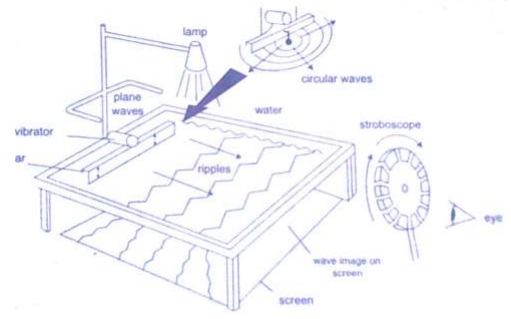
Rectilinear propagation
This is the property of the waves travelling in straight lines and perpendicular to the wave front.The following diagrams represent rectilinear propagation of water waves.
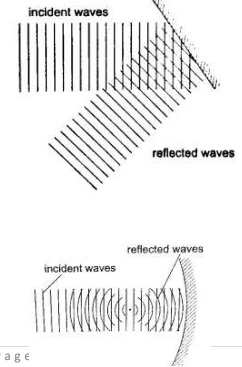
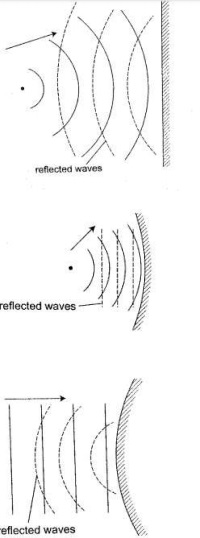
Refraction of Waves
- This is the change of direction of waves at a boundary when they move from one medium to another.- The change of direction occurs at the boundary between deep and shallow waters and only when the waves hit the boundary at an angle.
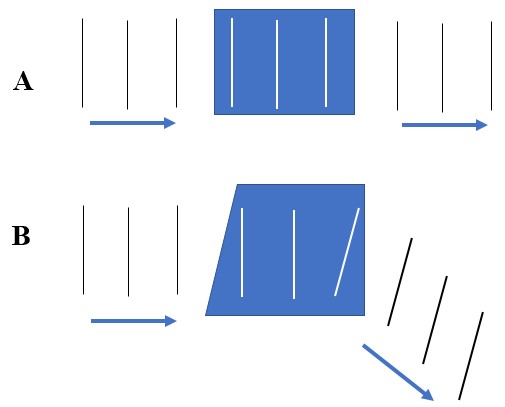
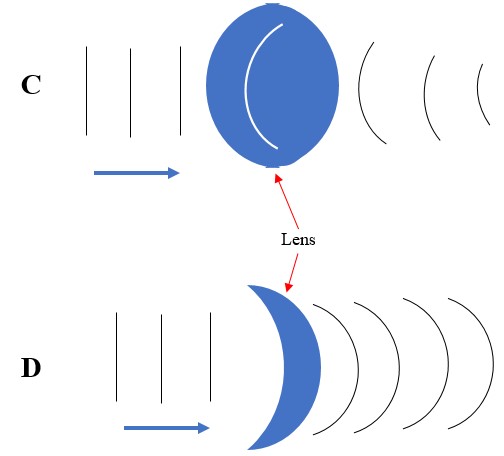
Diffraction of waves
This occurs when waves pass an edge of an obstacle or a narrow gap, they tend to bend around the corner and spread out beyond the obstacle or gap.
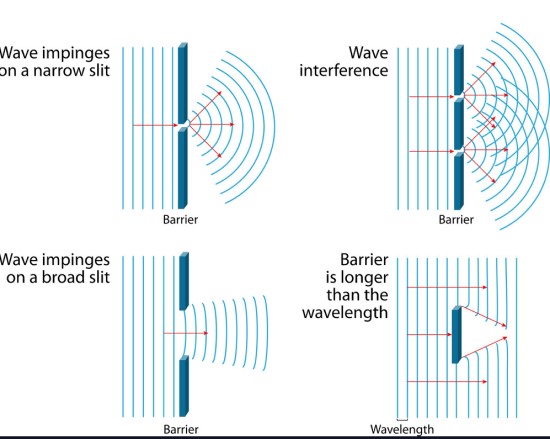
Interference of waves
- This occurs when two waves merge and the result can be a much larger wave, smaller wave or no wave at all. When the waves are in phase they add up and reinforce each other.- This is called a constructive interference and when out of phase they cancel each other out and this is known as destructive interference.
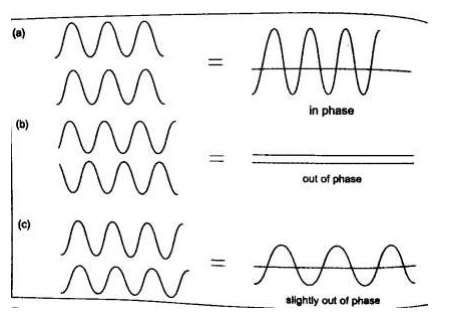
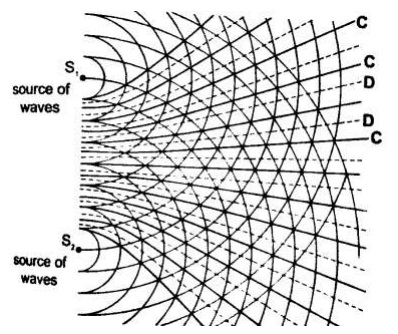
- Two loud speakers L1 and L2 are connected to the same signal generator so that sound waves from each of them are in phase.
- The two speakers are separated by a distance of the order of wavelengths i.e. 0.5 m apart for sound frequency of 1,000 Hz.
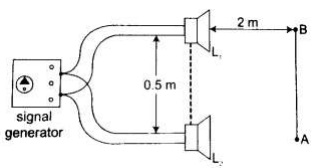
Stationary waves
- They are also known as standing waves and are formed when two equal progressive waves travelling in opposite direction are superposed on each other.- When the two speakers are placed facing each other they produce standing waves.
- A rope tied at one end will still produce stationary waves.

